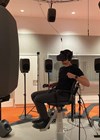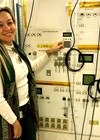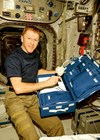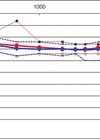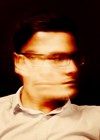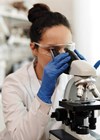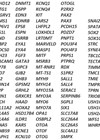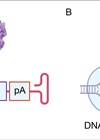Audiology features
Can the audiology clinic benefit from advances in virtual reality?
François Patou discusses how the recent advances in virtual reality technologies can be used to support people living with hearing loss. He outlines some of the novel virtual reality tools that are emerging as resources to support delivery of audiology...
Microgravity: an extreme environment for otolith organs
Motion sickness in a car can be upsetting for all involved. Transferring this concept into a tiny cabin bound for space could have devastating consequences. Are the processes involved in ‘space motion sickness’ the same as motion sickness? How do...
Alternobaric vertigo: asymmetrical vestibular function due to asymmetrical middle ear pressures (Iron Man’s archenemy)
The Marvel Cinematic Universe could certainly be deemed an ‘extreme environment’ and yet very rarely do we see the Avenger’s popping to the clinic for a check-up. Hee-Young Kim has wondered how they cope with extreme pressure changes and discusses...
Neurological idiopathic disease: a shared journey for NASA and medicine
Whilst Southampton can’t really be described as an extreme environment, experiments carried out in the city have certainly been taken out of this world. Robert Marchbanks discusses one of the associations between Southampton, The International Space Station and tympanic membrane...
Kuduwave™ testing aboard the ISS
What does it take to make an audiometer and tympanometry ready for the space age? In a recent interview, Jillian Scotland and Dirk Koekemoer shared their first-hand experience of getting the Kuduwave ready for a voyage to the ISS. It...
Composing with Meniere’s disease: a personal reflection
Is a fluctuating hearing loss and composing music incompatible? Professor Andrew Hugill discusses his personal experience of Meniere’s disease and the work that has developed as a result of the condition. As I write this article, I am in the...
Hearing loss prevention in musicians - violating one rule of physics
Whilst enjoying music, we also need to be mindful of the potential effect of producing music for the musician. Dr Chasin discusses the development of earplugs for the industry with the added bonus of physics for party goers! Hearing protection,...
Musical hallucinations and audiology
Many of us will have been stuck with an ‘earworm’ for a day but consider how it would be to have that earworm stuck on repeat, possibly forever. Drs Lauw, Blom and Coebergh review the current literature on musical hallucinations...
Clinical strategies for improving music listening
For audiologists and patients alike, the technical challenges of fitting hearing aids for music are well known. Drs Greasley and Crook introduce their research and top tips for improving satisfaction in this important topic. Hearing aids are often problematic for...
Precision and personalised genomic and epigenomic medicine in audiology/hearing loss
A detailed look at the pathogenesis of acquired hearing loss due to exposure to ototoxicity during pregnancy or shortly after birth. Insights from genomic medicine have shown that, along with environmental factors causing epigenetic alterations, hearing loss may be caused...
SEQaBOO: SEQuencing a Baby for an Optimal Outcome
There are at least 15 countries now running genome sequencing projects. The team in Manchester, UK, and Boston, USA, share their SEQaBOO project. Abstract SEQaBOO (SEQuencing a Baby for an Optimal Outcome) will transform newborn hearing screening (NBHS) by bringing...
Innovative approaches to treating deafness
Shahar Taiber and Karen Avraham give us a summary of gene therapies for hearing loss, with an overview of limitations and what the future holds. Hearing loss is the most common sensory disorder. The last two decades have seen a...


